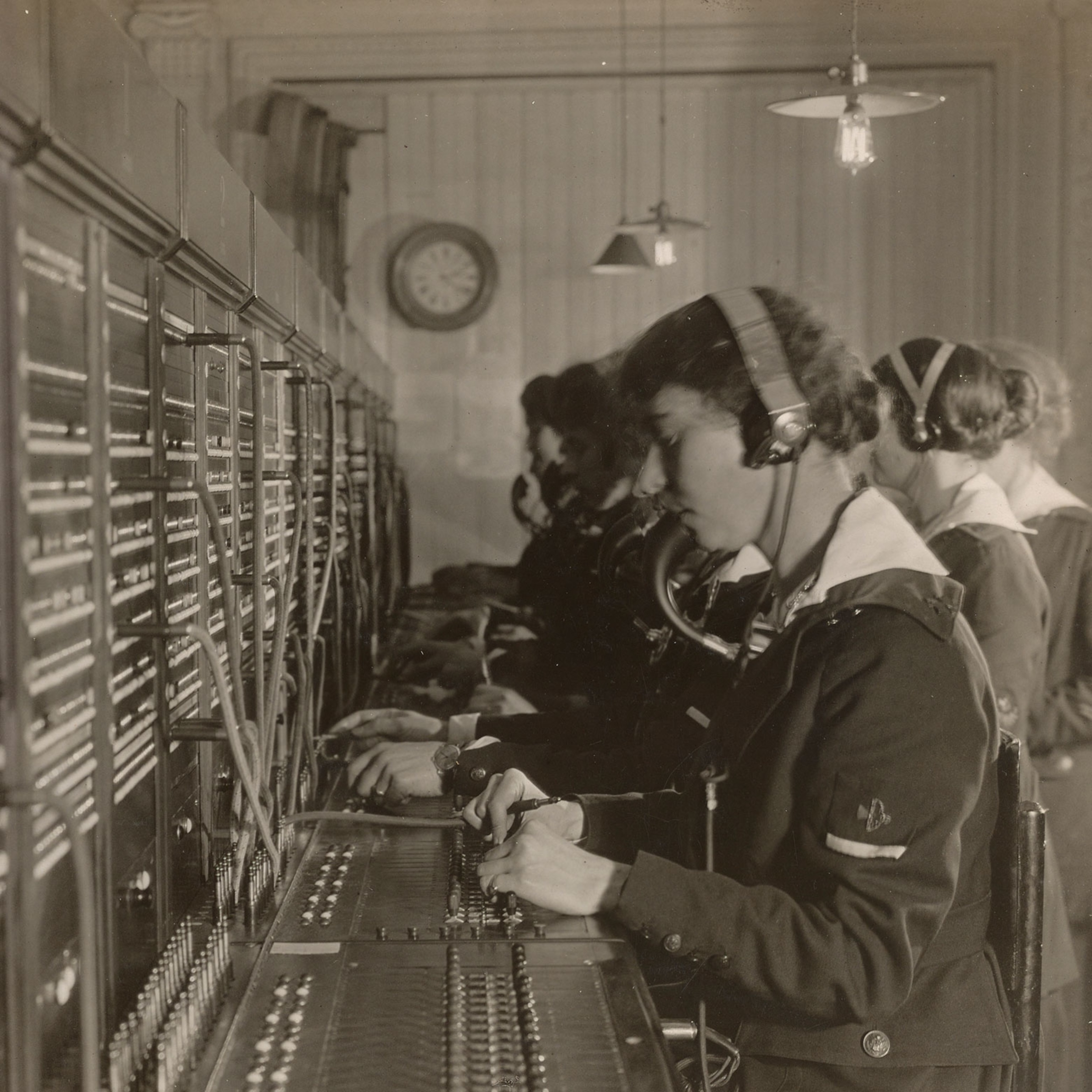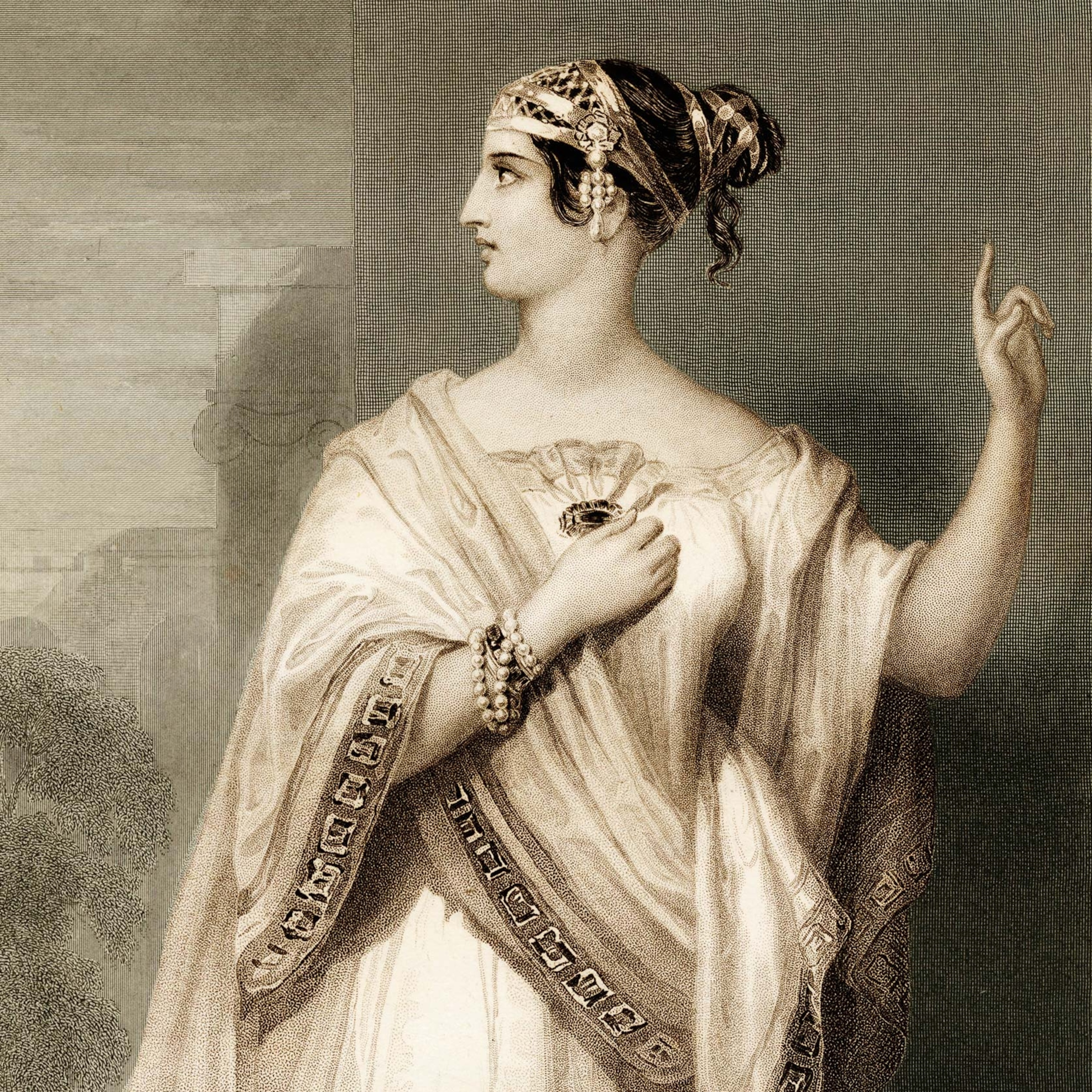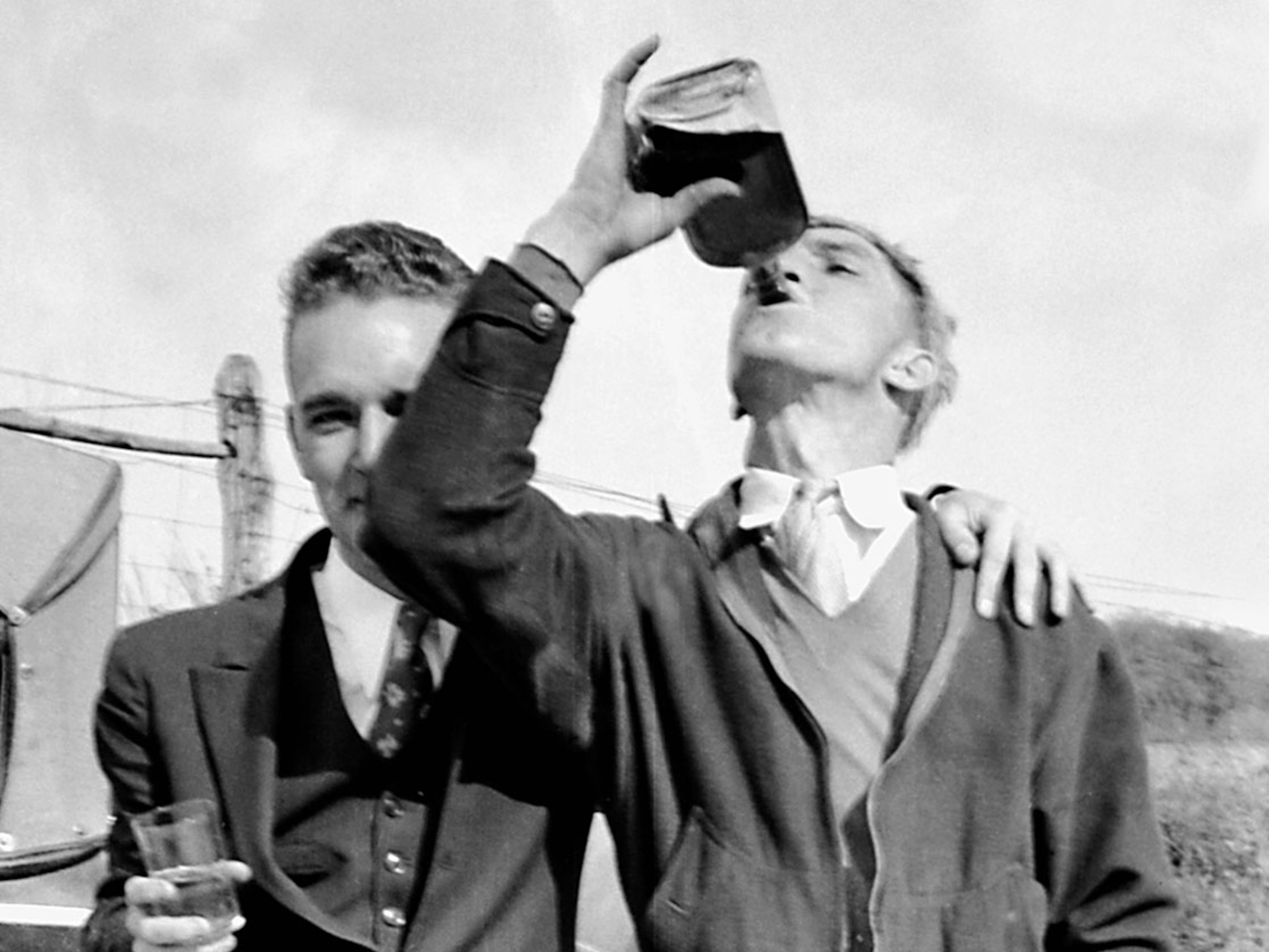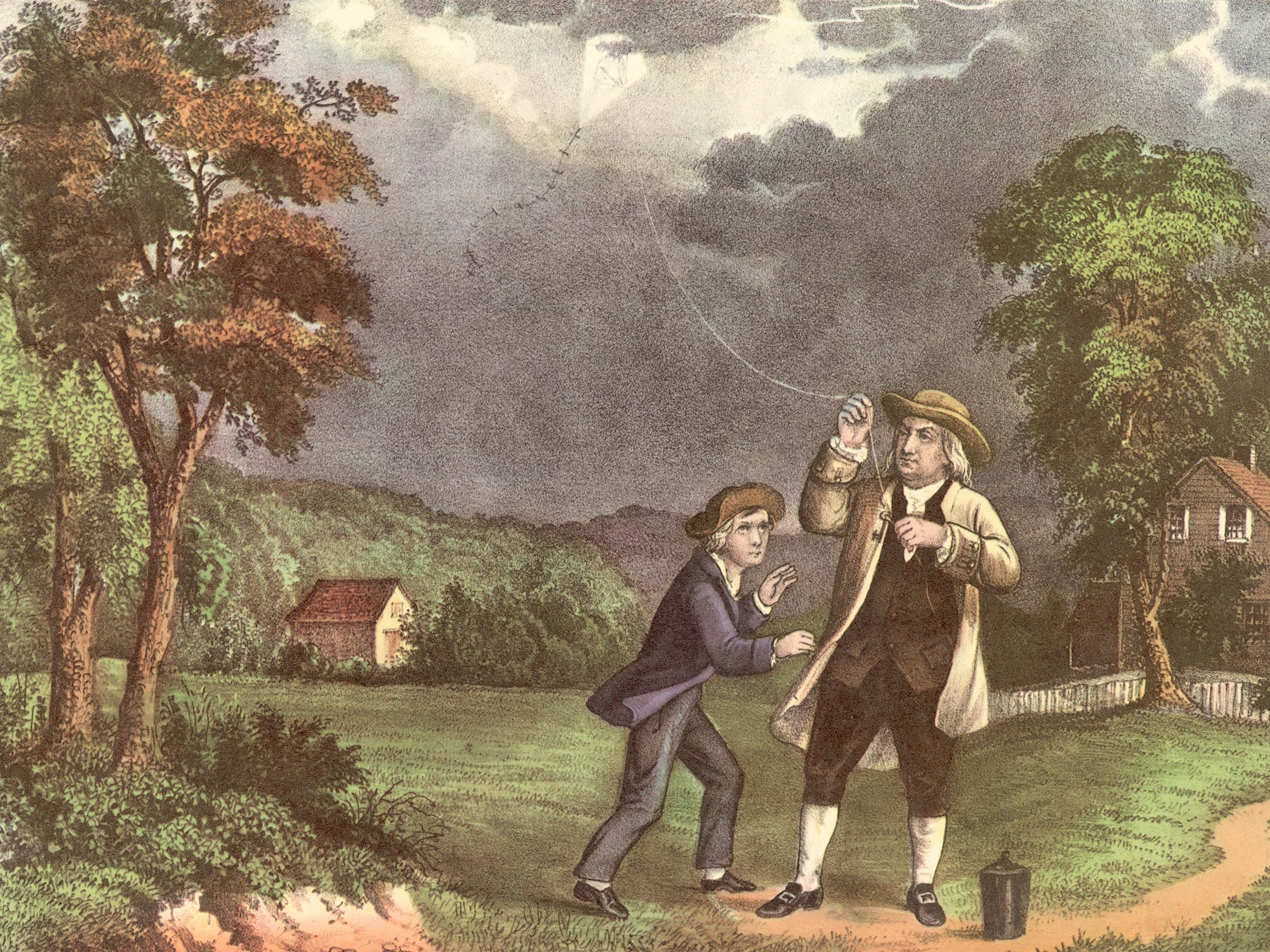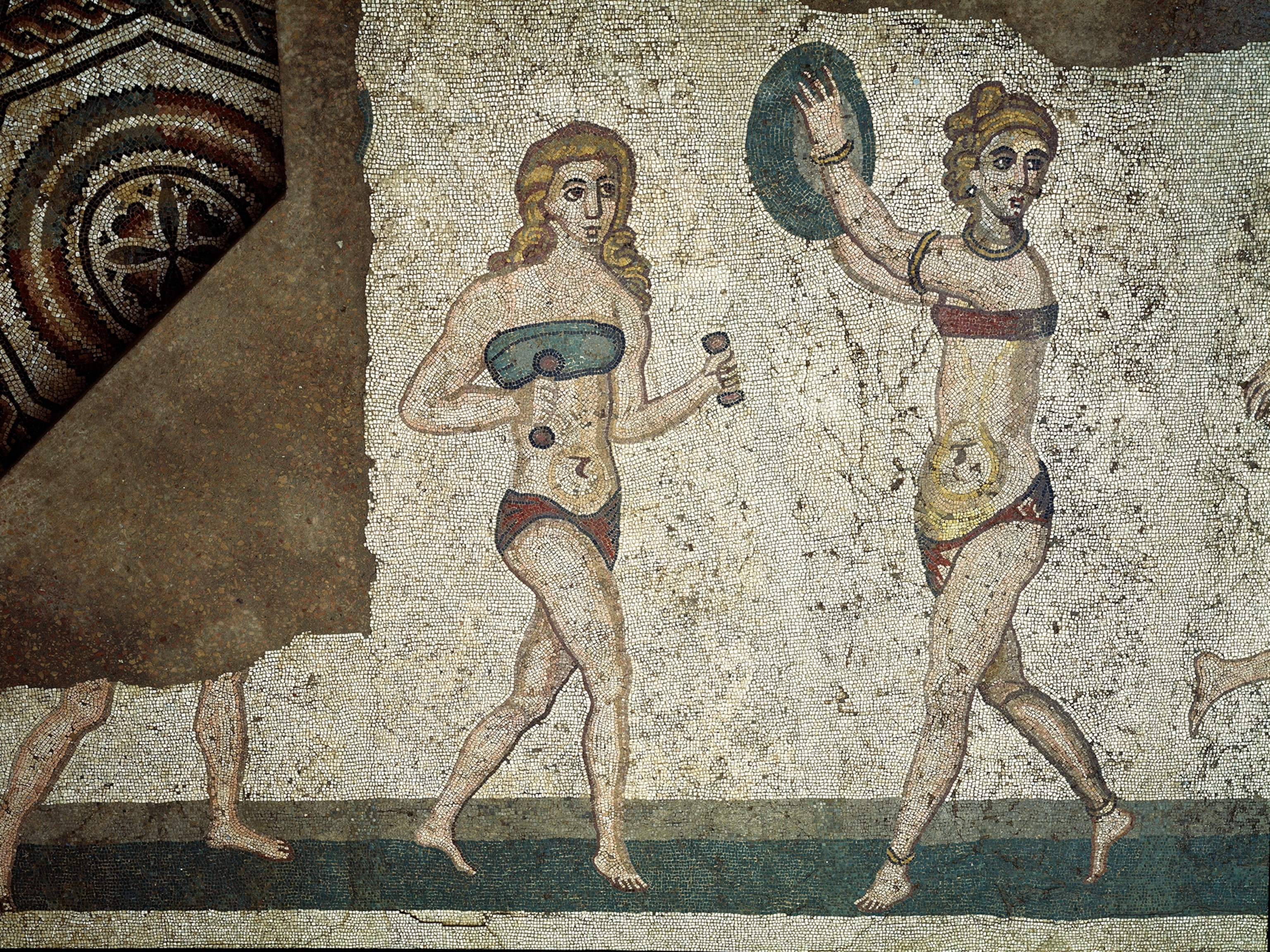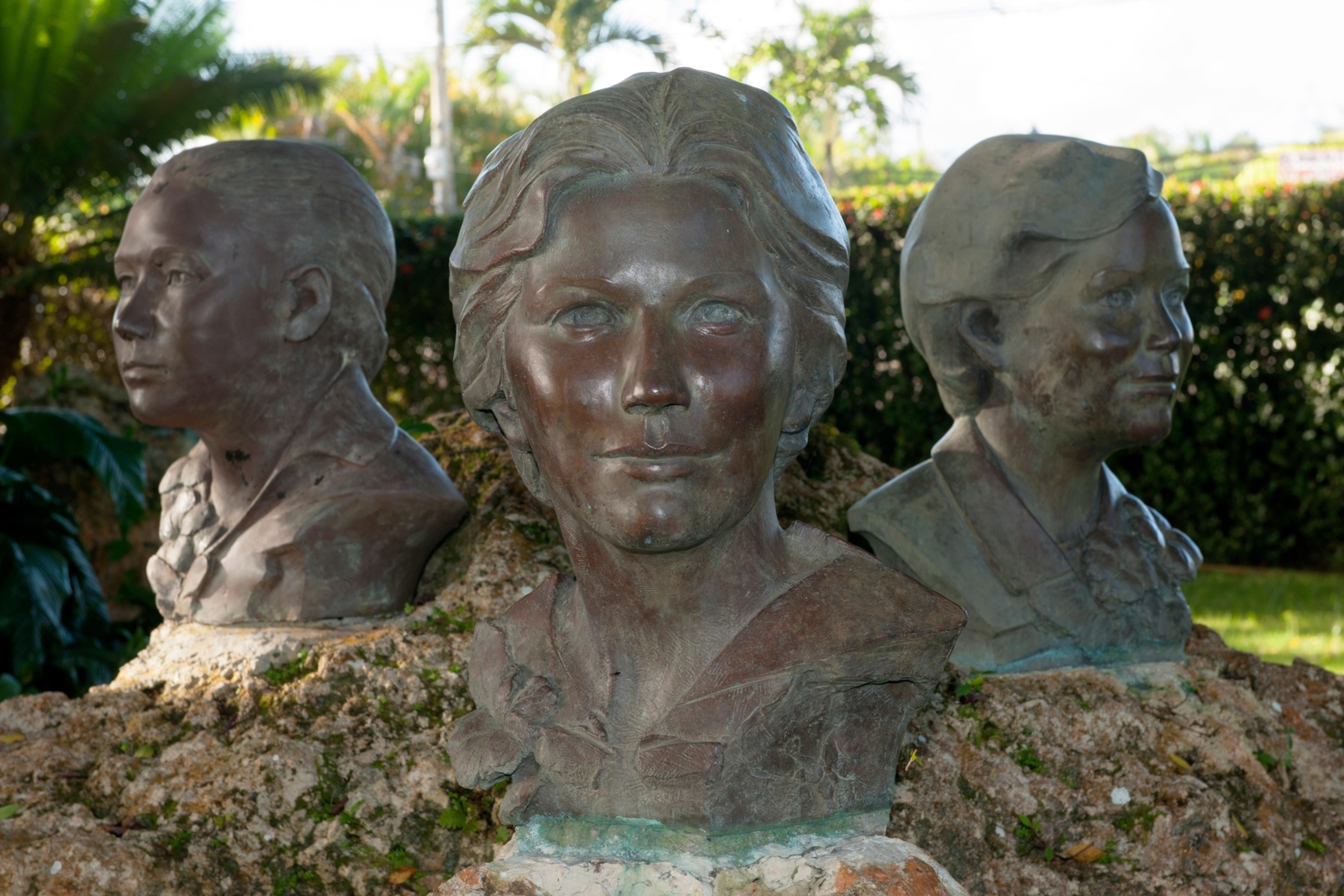
How three sisters took down a dictator in the Dominican Republic
Also known as las Mariposas, the Mirabal sisters are national heroes for their efforts to bring down Rafael Trujillo’s brutal regime.
On November 25, 1960, a jeep hurtled over the side of a mountain in the Dominican Republic, falling 150 feet. It appeared to be an accident, just the latest in a string of mysterious car crashes.
But the crash was no accident, and the passengers no ordinary citizens. They were Minerva, María Teresa, and Patria Mirabal, sisters and dissidents who dared to speak out against dictator Rafael Trujillo’s brutal regime—and were murdered by Trujillo’s henchmen in a crash much like those that had killed many of Trujillo’s other political opponents.
Known as las Mariposas, “the butterflies,” the Mirabal sisters have since become national heroines—and their tragic deaths inspired international outrage and the designation of November 25 as the International Day for the Elimination of Violence Against Women.
Growing up under a dictatorship
The Mirabal sisters grew up in a prosperous family in Ojo de Agua, a village near Salcedo, attending Catholic school and experiencing an ordinary childhood. But like other Dominicans of their era, their lives were affected by colonization and political upheaval in the early 20th century.
That upheaval began in 1916, when the United States occupied the Dominican Republic amid fears the strategically important island nation might ally with Germany during World War I. The U.S. withdrew in 1924 and Horacio Vásquez was elected president, but civil unrest continued until he was overthrown by a group of rivals in 1930.
(Meet Emiliano Zapata: hero and martyr of the Mexican Revolution.)
Shortly thereafter, military commander Rafael Trujillo was elected president in a rigged election. The Dominican Republic’s new dictator, known as El Jéfe (“the Chief”) became all-powerful, controlling every aspect of government and purging his rivals. Patria, the oldest of the sisters, was only 13 years old when Trujillo instigated a massacre of up to 30,000 Haitians and Dominicans of Haitian descent, and the girls grew up in a society in which publicly questioning Trujillo’s rule was dangerous, even deadly.
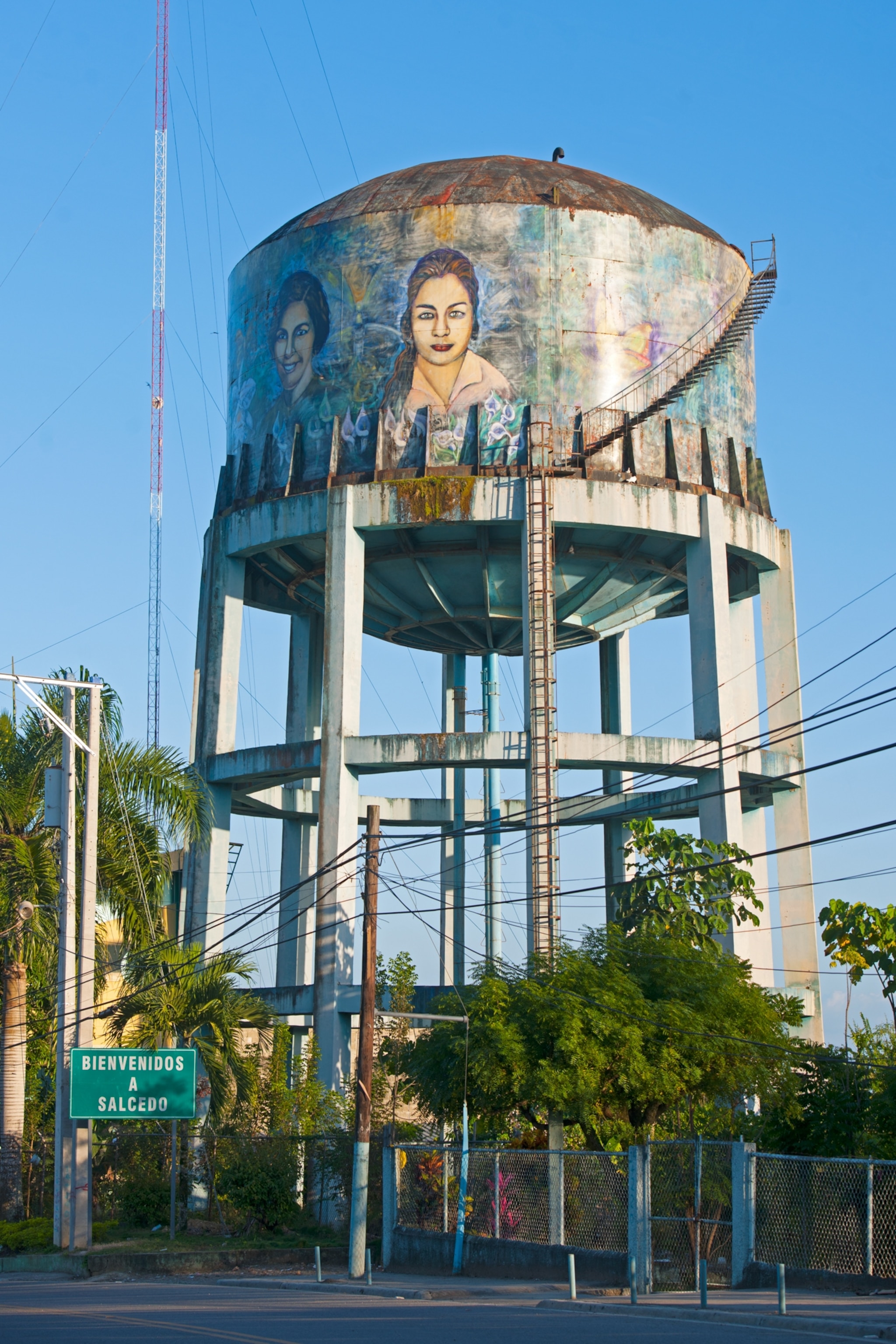
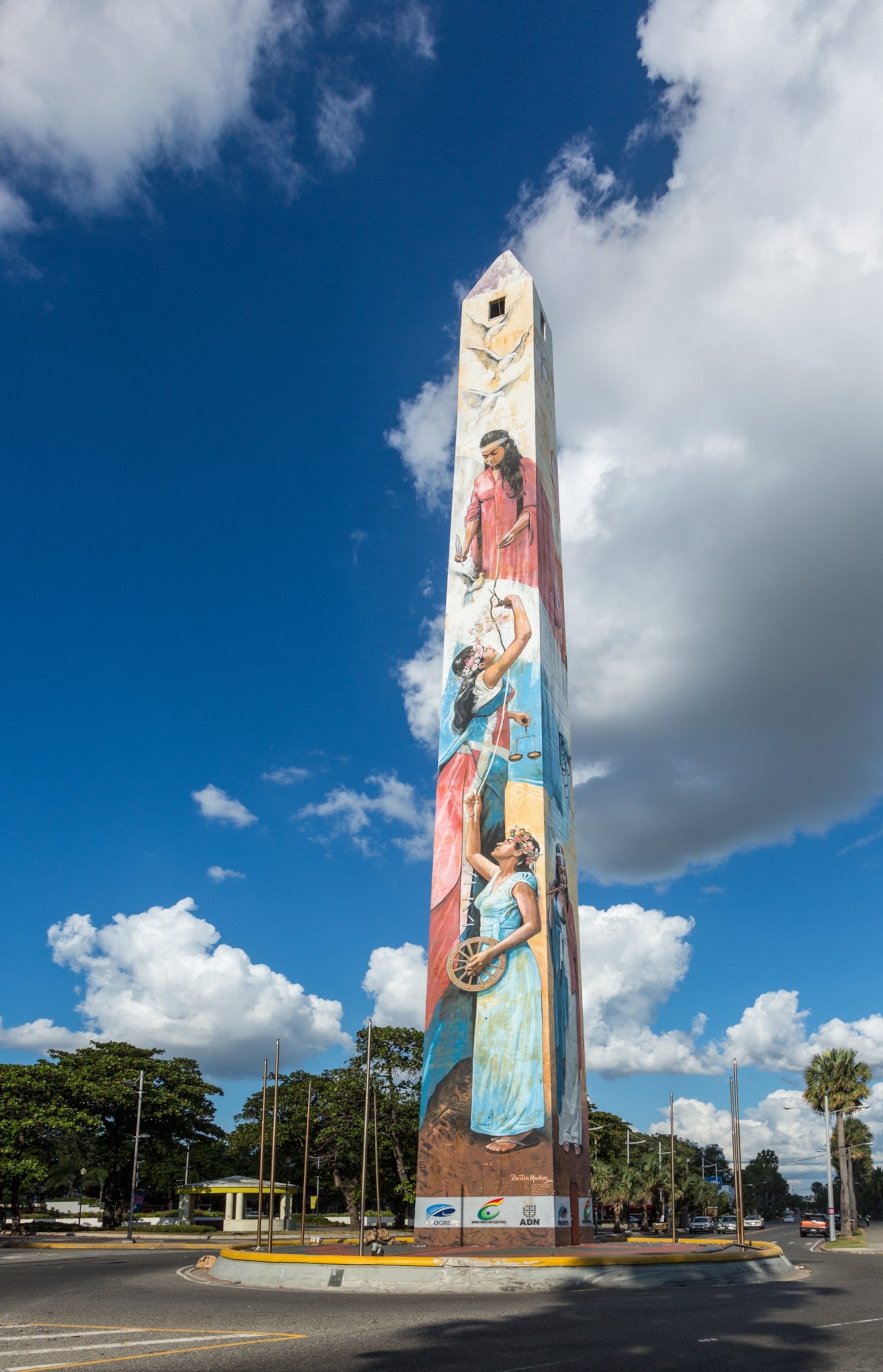
The Mirabal sisters rise up in resistance
As Trujillo’s dictatorship became more brutal, middle- and upper-class women began criticizing—and actively resisting—the regime. Many went into exile, continuing their resistance from abroad.
In 1949, the Mirabal sisters found themselves in the dictator’s crosshairs after a social event seemingly designed to introduce beautiful, unmarried Minerva Mirabal to Trujillo. The dictator was notorious for using his political power to pressure young women into sexual relationships, and when Minerva refused Trujillo’s advances, the dictator took swift revenge.
The result was “a sheer calamity for the Mirabal family, who were subsequently harassed, imprisoned, and ostracized by their neighbors,” historian Nancy Robinson writes, noting that the regime disrupted the daughters’ educations and professional opportunities, imprisoned their father, and “reduced [the] family to financial ruin.”
In response, Minerva, María Teresa, and Patria began working with a growing political opposition. (Their fourth and youngest sister, Dede, remained in the background.)
(Their identity was forged through resistance: Inside the lives of Brazil’s quilombos.)
Their work took on new urgency after a failed coup on June 14, 1959, led the government to crack down on opponents. The Mirabal sisters and their husbands helped organize the Fourteenth of June Movement, a national opposition effort, in the memory of the dissidents who had led the coup.
Code-named “las Mariposas,” the sisters collected arms and supplies, distributed anti-Trujillo pamphlets, and organized resistance cells across the country. When their activities were discovered, the sisters were imprisoned, tortured, and harassed.
Yet along with their husbands, the sisters stood strong. “They possessed extraordinary political and military lucidity and were prepared to lay down their lives,” wrote Minerva’s daughter, Minou, in an edition of her parents’ letters.
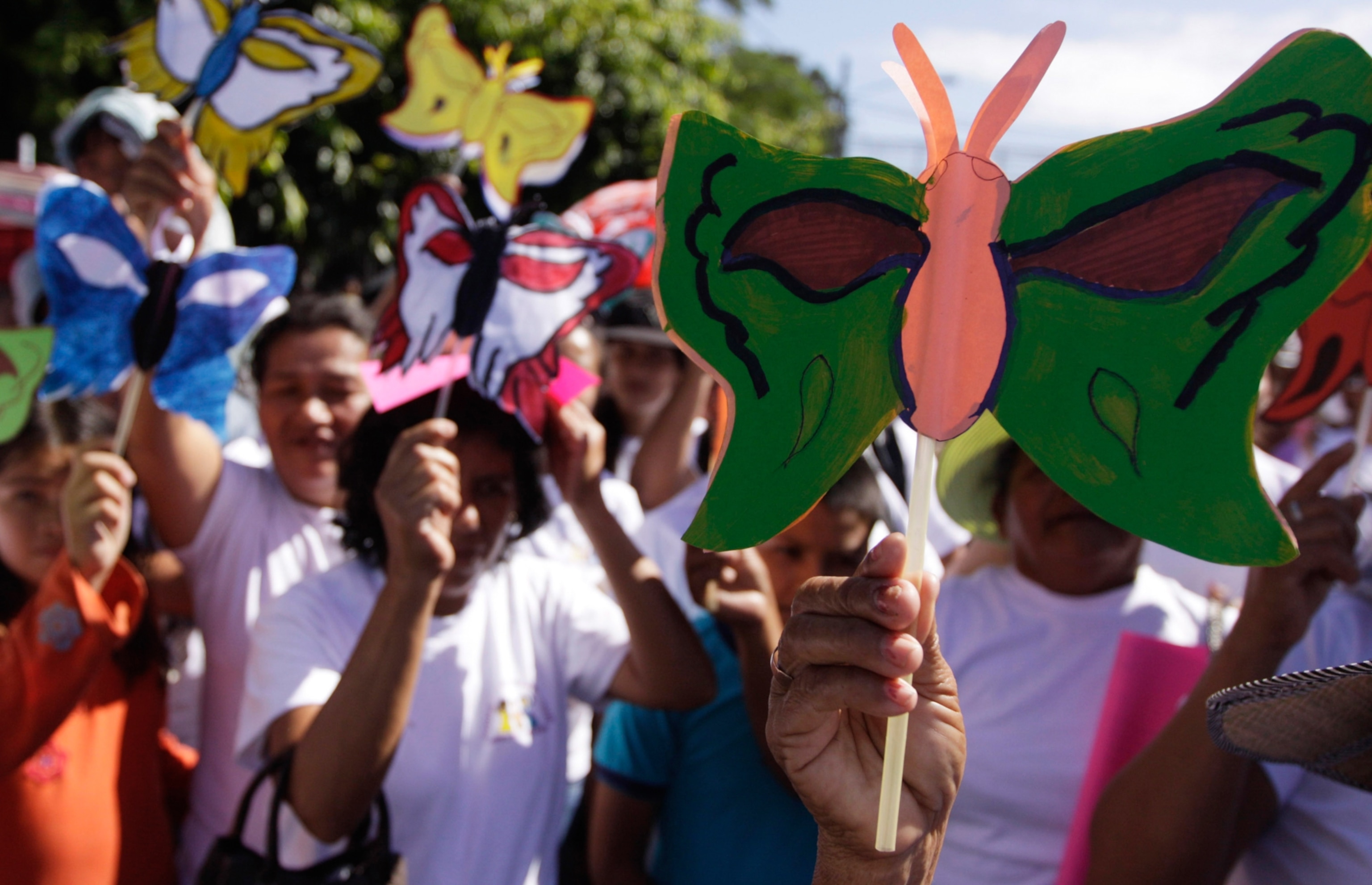
The murder of the Mirabal sisters—and the fall of Trujillo
Ironically, the regime’s treatment of the Mirabal sisters and other women of the resistance helped fan the flames of the movement, writes historian Elizabeth Manley, drawing “significant national and international attention to the dictator’s crumbling political drama.”
Though his actions were opposed by a growing number of Dominicans and even the Catholic Church, which publicly condemned him in 1960 after years of supporting the regime, Trujillo carried a particular grudge against the sisters, declaring them his main enemy.
On November 25, 1960, he finally got rid of them. That day, Minerva, María Teresa, and Patria were on their way to visit the prison where two of their husbands were imprisoned when their chauffeured car was intercepted by Trujillo’s thugs. The men strangled and beat all three women and their driver to death, then staged the car crash.
Though the Trujillo regime claimed the sisters had died in an accident, Dominicans at home and abroad knew they had been murdered, and the Mirabals immediately became national heroes.
It was the beginning of the end for Trujillo. Just six months later, he met a similar fate when he was assassinated by a group of seven dissidents who intercepted him on his way to visit his mistress. The sisters’ murderers were also arrested, convicted, and imprisoned—although they ended up escaping from jail and never served out their sentences.
Legacy of the Mirabal sisters
The Mirabal sisters became national icons. A number of their children went on to serve in the Dominican government, and “the Butterflies” became a national symbol of bravery and resistance. Their faces appear on Dominican currency and their lives also inspired a popular novel, Julia Alvarez’s 1994 In the Time of the Butterflies.
(What the faces on its money can tell us about a country.)
Today, the Mirabal sisters are remembered for their courage under a totalitarian regime—and as victims of the horrific gender violence that women face worldwide to this day. In 1981, a group of Latin American and Caribbean feminists began celebrating the day of the sisters’ death as a holiday commemorating all victims of femicide, and in 1999, the United Nations followed suit. November 25 is now the International Day for the Elimination of Violence Against Women, a day for awareness and remembrance of those killed and harmed by gender-based violence.
“Much remains to be done but we have also achieved a great deal,” said Minerva’s daughter Minou, herself a politician, in a 2006 speech. “Along that journey, Minerva, Patria and Maria Teresa have been with us, giving legitimacy to our fight.”

